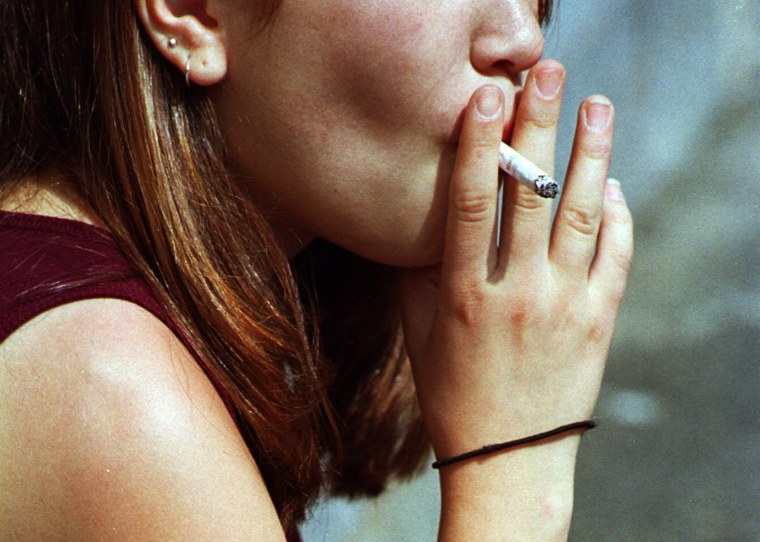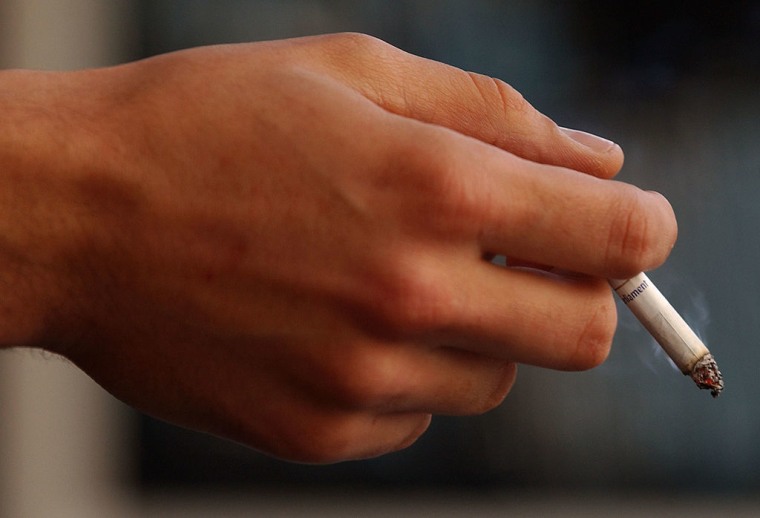In a time where sexual and gender minorities continue to struggle for equality across society, unrecognized disparities remain an obstacle to that goal. Studies have shown that lesbian, gay, bisexual, transgender and queer (LGBTQ) adults are nearly twice as likely to smoke (20-30 percent) than the general population (15 percent). In LGBTQ youth, the prevalence of smoking may even be as high as 60 percent.
Considering smoking is the leading preventable cause of death, we must take action to correct such disparities and potentially save LGBTQ lives. However, researchers must first uncover the causes of this disparity. Evidence suggests marginalization and targeted tobacco advertising in the LGBTQ community may be responsible, but our understanding is incomplete. There also is a lack of outreach tailored for LGBTQ audiences to educate about the harms of tobacco use.

Researchers at The University of Texas MD Anderson Cancer Center are working to better understand both tobacco use and awareness of this disparity in the LGBTQ community. We have been surveying Houston Pride Festival attendees since 2014, and the experience is always enlightening.
We ask attendees how smoking in LGBTQ adults compares to the general population, and repeatedly, respondents say being a sexual or gender minority doesn’t affect someone’s likelihood of smoking. Very few LGBTQ people seem to know how rampant smoking is in their own community.
Why would someone’s sexual orientation or gender identity affect their likelihood to smoke? Evidence suggests it is likely due to a number of social factors, such as stigma and discrimination. Stress is a common risk factor for tobacco use in the general population, and LGBTQ individuals often experience higher stress rates due to prejudice or stigma they face throughout their life. Tobacco use may begin as a coping mechanism for that stress, but it continues in response to a growing nicotine addiction.
Tobacco is an equal opportunity killer, so disparities in tobacco use across marginalized groups must be addressed.
Research also has shown that the tobacco industry has targeted marketing specifically to the LGBTQ community. Past advertisements have associated freedom of choice and same-sex couples with tobacco use, taking advantage of the stigma, prejudice and discrimination LGBTQ people face every day. Other marketing strategies have included advertisements in publications with an LGBTQ audience, or sponsoring events or promotions in the LGBTQ community, all of which can make tobacco use seem like a normal part of the LGBTQ lifestyle.
Nationally, public health agencies are increasingly aware of this disparity and are working to address it. This Free Life is a growing campaign, sponsored by the U.S. Food and Drug Administration, focused on reducing tobacco rates among LGBTQ youth. With their slogan, “freedom to be, tobacco-free,” and support from LGBTQ celebrities, the campaign works to associate being part of the LGBTQ community with tobacco-free lifestyles. It also connects youth to cell phone apps, texting services and informational websites for cessation through smokefree.gov.
Despite efforts like this, there still is too little awareness of this health disparity to motivate addressing it. LGBTQ individuals continue to smoke at higher rates, and the problem goes unrecognized.
Tobacco is an equal opportunity killer, so disparities in tobacco use across marginalized groups must be addressed. The question now is how to help the LGBTQ community and other minority groups who have fallen prey to tobacco and how to prevent more from ever having to fight that battle.
Irene Tamí-Maury, DMD, MSc, DrPH, is an assistant professor of behavioral science at MD Anderson Cancer Center, and Benjamin Solder is part of the Cancer Prevention Research Training Program at MD Anderson Cancer Center.
